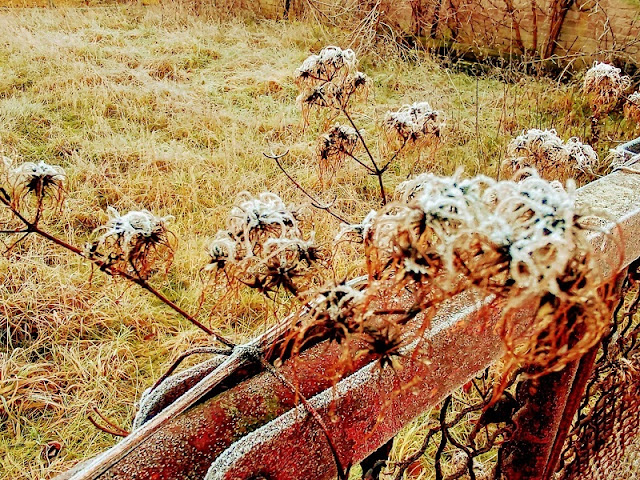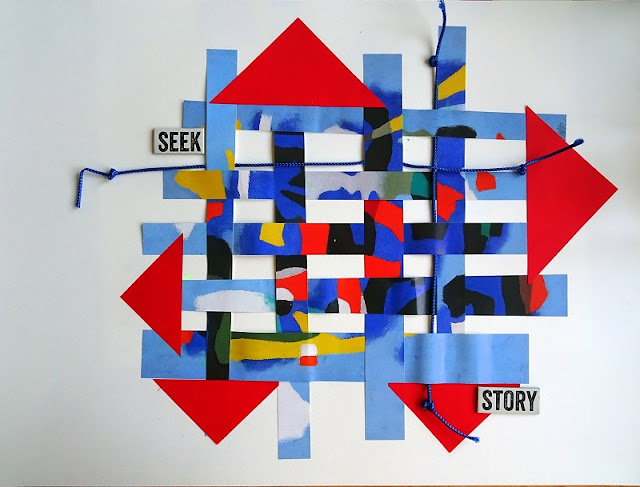Hi Everybody!
Today
Rain's theme is 'Chinese New Year', which is the year of the rat, so I made a page for all who celebrate:
I love the Chinese decorations and fireworks:




Rats always have a very bad reputation as animals and most people are afraid of rats and the diseases many of them carry. From ancient time rats - and mice - have been feared and hated by humans. They breed extremely quickly, and help themselves to supplies which people regard as their right to have. And the word 'rat' is often used very derogatorily. But on the other hand, they are very intelligent creatures who have an enormous talent for survival. When my daughter was at school they had white rats in a cage in her classroom, and she always brought them home at weekends and holidays to look after them. Or rather for me to look after them, as she didn't do it. I loved watching them, and playing with them, and they got on well with our dog, Struppi, and even with out cat, Kitty, and it was good to see them all playing peacefully together and not attacking or hunting each other. The rats, Ernie and Bert, respected that Kitty was Queen of the house, and it was a fun time for us all! People could learn a lot from animals! And a 'bookworm' in English is a 'Leseratte' (reading rat) in German. I love devouring books!
Some rat photos from Pexels:






And of course, rats are always popular in lite
RATure:
Nineteen
Eighty-four by George
Orwell-No
book has more effectively demonised our rodent neighbours. "The
thing that is in Room 101 is the worst thing in the world." For
Winston Smith, this can mean only one thing: rats! At the very
thought, he is a broken man.
The
Tale of Samuel Whiskers by
Beatrix Potter Another
ratty nightmare, in which the inquisitive Tom Kitten goes exploring
up a chimney and blunders into the apartment of a huge old rat and
his baleful spouse. They tie him up and cover him with dough, as a
prelude to feasting on him. At the last minute he is rescued by a
dog.
The
Rats by
James Herbert. A
very gruesome bestseller, which opens with a tramp being eaten alive
by giant rats and continues in this vein. Throughout London, more and
more people fall victims to the ravenous rodents (whose bites also
cause deadly disease). Even worse, the rats communicate with each
other and have a leader with two heads. Herbert wrote two ratty
sequels.
(I
am re-reading this trilogy just now, and can warmly recommend it to
those who like a bit of horror....)
"God's
Judgement on a Wicked Bishop" by Robert Southey. Nasty
Bishop Hatto herds the starving poor into a barn and sets fire to it.
But vengeance will come. An army of rats pursues him and corners him
in his tower. "And in at the windows, and in at the door, / And
through the walls by thousands they pour; / And down from the ceiling
and up through the floor, / From the right and the left, from behind
and before, / From within and without, from above and below, / And
all at once to the Bishop they go." Soon, only his bones are
left.
"The Adventure of the Sussex Vampire" by
Arthur Conan Doyle .The scariest rat of all? This domestic
mystery, involving a jealous sibling and a supply of poisoned darts,
has one of the most tantalising rat references in literature. Holmes
mentions "the giant rat of Sumatra, a story for which the world
is not yet prepared". Several novelists have written the tale
that Doyle never penned.
"The Pied Piper" by Robert Browning "Rats!
/ They fought the dogs, and killed the cats, / And bit the babies in
the cradles, / And ate the cheeses out of the vats, / And licked the
soup from the cook's own ladles, / Split open the kegs of salted
sprats, / Made nests inside men's Sunday hats, / And even spoiled the
women's chats, / By drowning their speaking / With shrieking and
squeaking / In fifty different sharps and flats. . ."
"The Rats in the Walls" by HP Lovecraft In
this classic horror tale, the rats lead the narrator to horrific
discoveries. Investigating the noises that they are making in the
walls of his ancestral home, he finds an underground city whose
denizens are cannibals. The narrator is driven mad and ends up in an
asylum, still hearing rats in the walls.
La
Peste by
Albert Camus. Rats are victims too. One day, in the Algerian
port of Oran, Dr Bernard Rieux sees a dead rat. Soon the city's
inhabitants begin to notice the increasing number of dead or dying
rats, and their fears turn to panic. The authorities organise the
collection and burning of the rats, which merely helps spread the
disease. It is an allegory, but of what?
"William the Rat Lover" by Richmal
Crompton Our hero sets out to vindicate the reputation of rats,
innocent victims of malicious rat-catchers. William feeds the local
rats so generously that they become attached to him and follow him
around, allowing him inadvertently to win a children's fancy dress
competition as the Pied Piper.
The
Wind in the Willows by
Kenneth Grahame. Funny
that one of the best-loved characters in children's fiction should be
called "Ratty". But is the jovial animal who befriends shy
Mole and introduces him to Toad actually a rat? Or is he a vole? The
debate rages.
(
Article by JM, Printed
by 'The Guardian' Newspaper, 2009)
And here's a photo of the nasty 'Samuel Whiskers' as painted by Beatrix Potter.
And to take your minds off rats, here some photos from Sunday's walk:
Huge fungi:
Catkins along the path:
I sometimes think that horses can't read, as there are always horses walking along this path:
And last but not least, a greeting to David:
Have great day, take care,
and thanks a lot for coming by!
































































